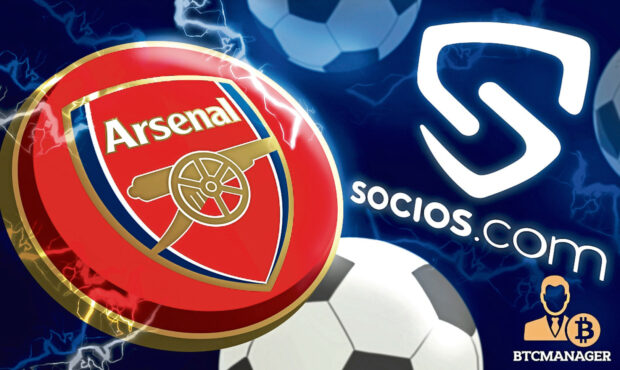
Cryptocurrencies are increasingly being used by people and businesses to trade, but how does the digital money actually work?
Technology writer Martyn Landi tells Stevie Gallacher The Honest Truth about so-called Bitcoins – and whether the virtual money is really safe to use.
What is a cryptocurrency?
In basic terms, they’re a digital currency that is decentralised and therefore not issued or controlled by a single entity such as a bank, and cryptology is used to carry out transactions securely, and in many cases anonymously, between two parties.
The currencies are often built on blockchain networks, a type of digital ledger technology where all transactions are publicly verified and recorded and can not be altered – creating a chain of information that is designed to improve transparency and prevent fraud.
New currency can also be created through a process known as “mining”, where users – “miners” – verify transactions for the blockchain and are rewarded with new currency when successfully completed.
Why are cryptocurrencies controversial?
Critics argue that the anonymity provided by cryptocurrencies is being exploited by cybercriminals and other scammers, offering an easy way to launder or hide ill-gained funds.
Another issue is volatility – many currencies have their prices linked to supply and demand, which has caused prices to fluctuate violently in recent years.
A lack of understanding and inexperience of cryptocurrencies among the general public has also caused problems, with many unable to differentiate between legitimate adverts for crypto and financial scams posted by cybercriminals.
The sector also remains unregulated and the UK’s financial watchdog, the Financial Conduct Authority, has warned that investing in cryptocurrencies is high risk and investors should be prepared to lose all their money.
Arsenal FC were criticised for advertising “fan tokens”. What are these fan tokens?
In the wake of the rise of cryptocurrencies such as Bitcoin, other forms of “cryptoassets” have started to appear, such as fan tokens. These are promoted as a way to gain a vote on certain decisions the club should take – so buying a token means you get a say.
However, they often involve first having to buy cryptocurrency as most tokens can only be exchanged for a certain currency. This has raised concerns that people are being lured into investing in cryptoassets without understanding what they are doing.
It is a growing issue– a number of clubs in the Premier League and across Europe have already launched fan tokens of their own, with some now also selling another type of cryptoasset – non-fungible tokens (NFTs).
What are NFTs?
Non-Fungible Tokens are marketed as a type of digital collectable and a token that can be used to show ownership of a digital item, often paid for in cryptocurrency.
The idea is to recreate the market for physical works of art or rare memorabilia for the digital world and enable artists and others to make money from digital creations.
So far, the creators of popular GIFs have sold their work and Twitter founder Jack Dorsey sold ownership of the first tweet on the platform.
NFTs, supporters say, offer proof of ownership in the same way a gallery or private individual gets from buying an original piece of art – and even though the image or digital item can still be copied online, they argue NFTs provide someone with the honour of knowing they own the original. Critics argue NFTs are being sold as a “get-rich-quick scheme”.
What do experts think of this digital revolution?
David Gerard, author of Attack Of The 50-foot Blockchain, said: “Without a specific contract saying otherwise, an NFT does not grant ownership of the artwork it points to in any meaningful sense.
“NFTs exist so that the crypto grifters can have a new kind of magic bean to sell for actual money, and pretend they’re not selling magic beans.”

Enjoy the convenience of having The Sunday Post delivered as a digital ePaper straight to your smartphone, tablet or computer.
Subscribe for only £5.49 a month and enjoy all the benefits of the printed paper as a digital replica.
Subscribe